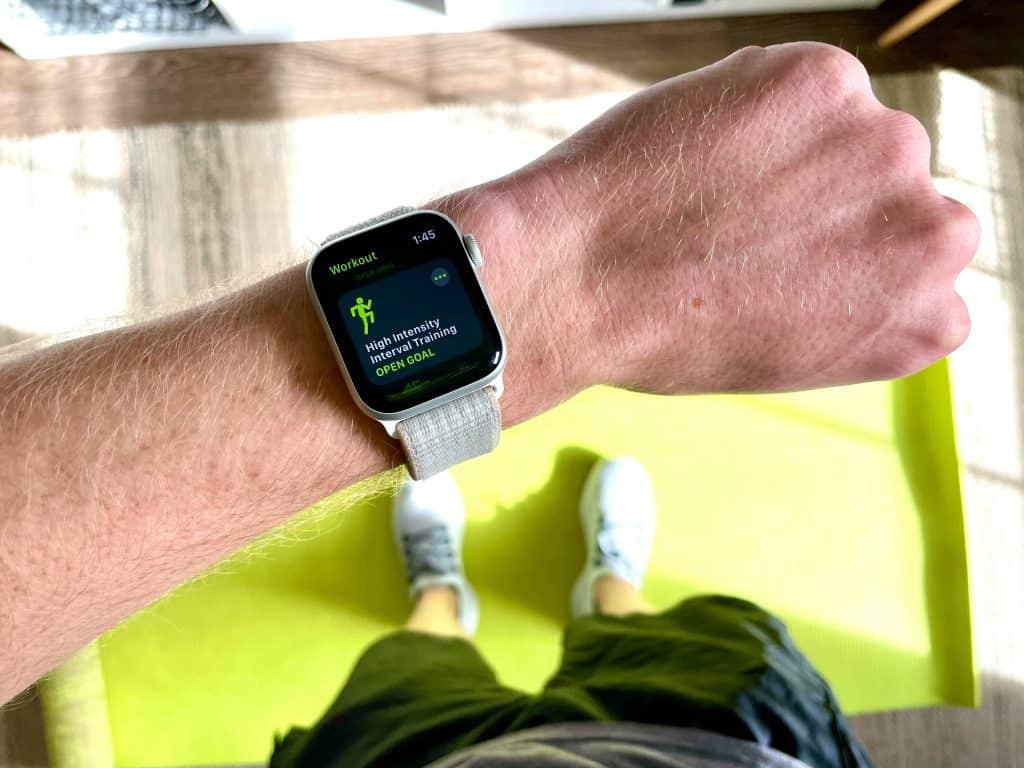How to Set Realistic Fitness Goals for Yourself
Setting realistic fitness goals is crucial for achieving long-term success and maintaining motivation. Whether you’re a beginner or looking to take your fitness to the next level, this blog will help you create achievable and measurable fitness goals and provide a step-by-step plan to reach them.
Understanding the Importance of Realistic Fitness Goals
Fitness goals are essential for providing direction, motivation, and a sense of accomplishment. However, setting unrealistic goals can lead to frustration and burnout. Realistic fitness goals should be achievable, meaning they are within your current capabilities and lifestyle; measurable, so you can track your progress; and time-bound, giving you a clear deadline to work towards.

Step-by-Step Guide to Setting Realistic Fitness Goals
1. Assess Your Current Fitness Level
Before setting goals, it’s important to understand where you currently stand. Assessing your fitness level involves measuring your body metrics such as weight, body fat percentage, and BMI. Additionally, test your cardiovascular endurance by timing how long it takes you to run a mile, evaluate your strength by counting how many push-ups or squats you can perform, and check your flexibility by seeing how far you can reach while seated. This initial assessment provides a baseline to measure progress against.
2. Define Your Fitness Objectives
Determine what you want to achieve with your fitness journey. Common fitness objectives include losing weight, gaining muscle, improving endurance, or enhancing flexibility. For instance, you might aim to lose a specific number of pounds, increase muscle mass or definition, run longer distances without fatigue, or improve your range of motion. Clearly defining your objectives helps tailor your goals to your personal aspirations.

3. Make Your Goals Specific and Measurable
To make your goals effective, use the SMART criteria: Specific, Measurable, Achievable, Relevant, and Time-bound. A specific goal clearly states what you want to achieve, such as losing 10 pounds. It should be measurable, allowing you to track progress, like weighing yourself weekly. Ensure your goal is achievable within your current capabilities and lifestyle; for example, aiming to lose 10 pounds in 3 months. Your goal should be relevant, aligning with your overall fitness objectives, such as improving health by losing weight. Finally, it should be time-bound, with a clear deadline, like reaching your weight loss goal by September 30th.
4. Break Down Your Goals into Smaller Milestones
Large goals can be overwhelming, so breaking them down into smaller, manageable milestones can make them more approachable. For example, if your goal is to run a marathon, set incremental targets like running 5K, 10K, and a half marathon before attempting the full distance. Similarly, if your goal is to lose 30 pounds, set monthly weight loss targets to maintain steady progress and stay motivated.
5. Create an Action Plan
Develop a detailed plan outlining how you will achieve each milestone. This includes specifying your workout schedule, such as strength training on Mondays, Wednesdays, and Fridays, and cardio on Tuesdays and Thursdays. Your action plan should also include a nutrition strategy, like consuming 1800 calories per day with a balanced intake of protein, carbs, and fats. Don’t forget to incorporate rest and recovery activities, such as stretching or yoga, to ensure your body has time to heal and strengthen.

6. Track Your Progress
Consistently monitoring your progress is essential to stay motivated and make necessary adjustments. Use fitness apps like MyFitnessPal, Fitbit, or Strava to track your workouts, diet, and progress. Alternatively, keep a written fitness journal logging your workouts, meals, and how you feel each day. Progress photos can also be a powerful visual tool to track changes over time and keep you motivated.
Examples of Realistic Fitness Goals
Here are some examples to help you set your own realistic fitness goals:
- Weight Loss Goal: Aim to lose 15 pounds by weighing in every Monday morning. Ensure this goal is achievable by setting a target to lose 1-2 pounds per week. This goal is relevant to improving your overall health and reducing the risk of chronic diseases, with a deadline of achieving it within 3 months.
- Strength Gain Goal: Set a specific goal to increase your bench press weight by 20 pounds. Measure your progress by tracking the amount of weight lifted each week and ensure it’s achievable by planning to increase the weight by 5 pounds every two weeks. This goal is relevant for building upper body strength and should be achieved within 10 weeks.
- Endurance Goal: Define your goal to run a 10K race. Measure your progress by tracking your distance and time with a running app. Make it achievable by following a 10K training plan that gradually increases your distance. This goal is relevant for improving cardiovascular health and should be completed within 8 weeks.

Tips for Staying Motivated
To maintain your motivation, celebrate small wins by acknowledging and rewarding yourself for achieving milestones. Finding a workout buddy can help keep each other accountable and make the process more enjoyable. Mixing up your routine by incorporating different types of exercises can prevent boredom and reduce the risk of overuse injuries. Finally, stay positive by focusing on the progress you’ve made rather than any setbacks.
Setting realistic fitness goals is a powerful way to stay motivated and achieve long-term success. By assessing your current fitness level, defining specific objectives, creating an action plan, and tracking your progress, you can set yourself up for success. Remember, the journey to fitness is a marathon, not a sprint. Stay patient, stay focused, and enjoy the process. Start today by setting your own realistic fitness goals and take the first step towards a healthier, fitter you.
Ready to transform your fitness journey? Meet with one of our Certified Personal Trainers today. They will help you assess your current fitness level and define your specific objectives. Prefer to go about it on your own? Use the SMART criteria to set clear, achievable goals and create a detailed action plan to guide you. Track your progress, celebrate your milestones, and stay motivated. Share your goals and progress with us by tagging @peakfitnessslo on social media. Let’s achieve our fitness goals together!
